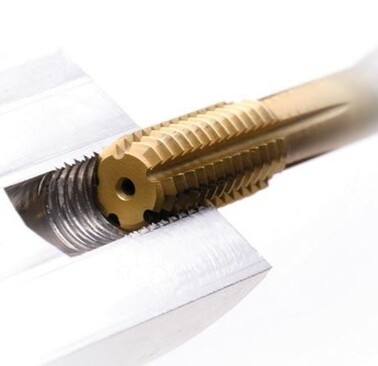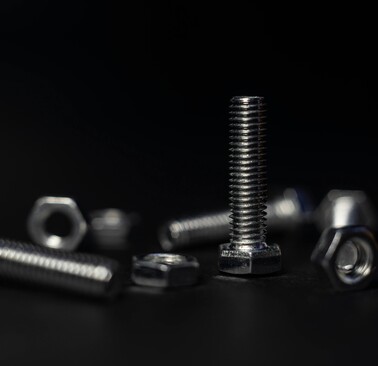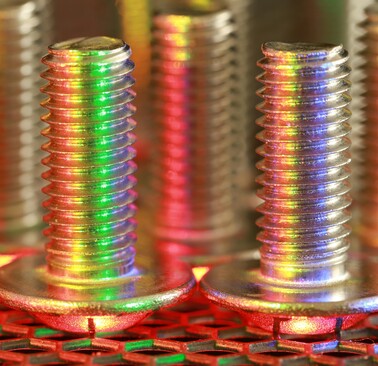What is tapping?
In 3D printing post-processing, tapping refers to the process of creating internal threads in pre-existing holes within a 3D printed part.
Tapping allows the part to securely hold screws, bolts, or other threaded fasteners. By using a specialized tap tool, the material is precisely cut to form these threads, enhancing the part's ability to be assembled with other components.
Tapping is essential for transforming 3D printed objects into functional and mechanically robust parts, suitable for a wide range of practical applications.















